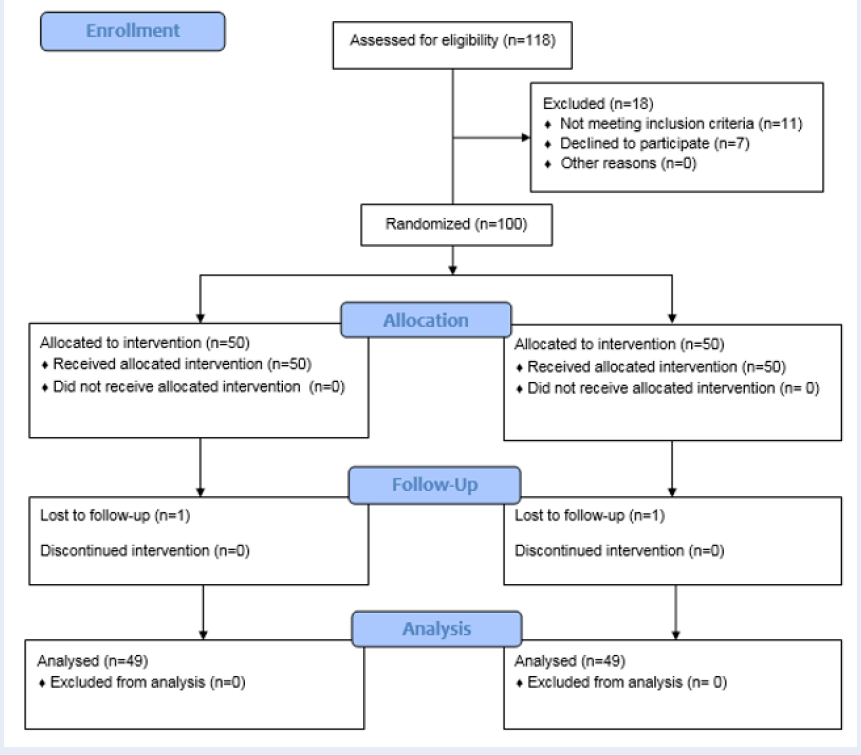Comparison of the pain-killing effects of leech therapy versus physiotherapy in patients with knee osteoarthritis: A double-blind randomized clinical trial
DOI:
https://doi.org/10.15419/bmrat.v9i6.744Keywords:
Clinical trial, Knee joint, Leech therapy, OsteoarthritisAbstract
Background: Knee osteoarthritis is a debilitating disease that affects a large proportion of the elderly population. Treatments for this disease are mostly based on symptomatic management. The primary treatments are physiotherapy, which is associated with high costs, and nonsteroidal antiinflammatory drugs (NSAIDs), which have serious side effects, including gastrointestinal bleeding, renal failure, and cardiovascular complications. This study aimed to assess the effects of leech therapy versus physiotherapy as a noninvasive method in the treatment of knee osteoarthritis.
Methods: This double-blind randomized clinical trial was performed on 98 patients with osteoarthritis of the knee. The patients were randomly divided into two groups: leech therapy or physiotherapy. The analgesic effects and recovery of the patients were assessed using the KOOS questionnaire 90 days after the beginning of the study. Student's t-test, the Wilcoxon test, and the Mann–Whitney U test were used for comparisons between the two groups.
Results: The mean age of the patients was 61.03 +/- 10.99 years. The KOOS ADL and KOOS sport/recreational activities decreased significantly in the leech therapy group (P < 0.05). Additionally, the mean KOOS QOL after treatment was significantly lower than it was before treatment (P < 0.001). In the physiotherapy group, the KOOS pain score increased significantly after treatment (25.86 +/- 18.77 vs. 31.60 +/- 11.71; P = 0.008). The KOOS ADL score also showed a significant increase (24.59 +/- 18.55 vs. 35.74 +/- 15.83; P < 0.001). In addition, the median KOOS sport/recreational activities and KOOS QOL increased significantly in the physiotherapy group (P < 0.05). All of the factors in the physiotherapy group had significantly better prognoses than those in the leech salivary therapy group (P < 0.05).
Conclusion: This study failed to identify any therapeutic or remedial effects of leech therapy on pain and symptoms in the symptomatic treatment of knee osteoarthritis. Future studies using more leeches and examining the therapeutic effects over a shorter period of time are recommended to more fully evaluate the effectiveness of leech therapy.

Published
Issue
Section
License
Copyright The Author(s) 2017. This article is published with open access by BioMedPress. This article is distributed under the terms of the Creative Commons Attribution License (CC-BY 4.0) which permits any use, distribution, and reproduction in any medium, provided the original author(s) and the source are credited.
